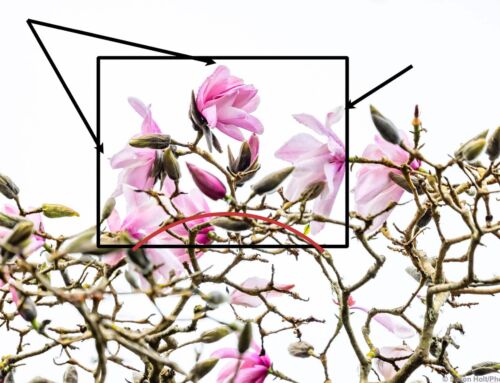
A student at my recent workshop in Santa Barbara made a great suggestion. He appreciated the final compositions, presented in the lecture, but said it would be helpful to see the “before” photo. I explained I don’t take those photos, so I can’t show them. Indeed, it takes years of practice to find the photo within a larger landscape, and I find myself eliminating many photos before I ever take them.
However, I almost always work my way through a series of compositions of a scene, to get to a favorite, one I might use in a lecture. That process of working the scene is very deliberate and perhaps the most fun part of creating a composition that gets to the heart of a garden.
In the habitat garden surrounding the Los Angeles Museum of Natural History, yellow flowering Mexican Palo Verde trees (Parkinsonia aculeata) sit atop the Living Walls. Contrasted with the Agave americana I was sure a wonderful composition was to be had.
The opening photo was taken just after dawn as the light glowed through the leaves, but created some lens flare. I worked to a tighter composition so the light would not wash out the photo.
Then I realized I could come up close, the wall allowing me to get a ground level vantage point. I could fill the frame with the Palo Verde and still have the Agave to help tell the story of the garden.
Final photo – to be used in a future lecture about “Composition and Balance” or “Space and Shapes“.
[Links are to the iBook lessons. Workshop subscribers get these with Premium membership.]









Leave A Comment